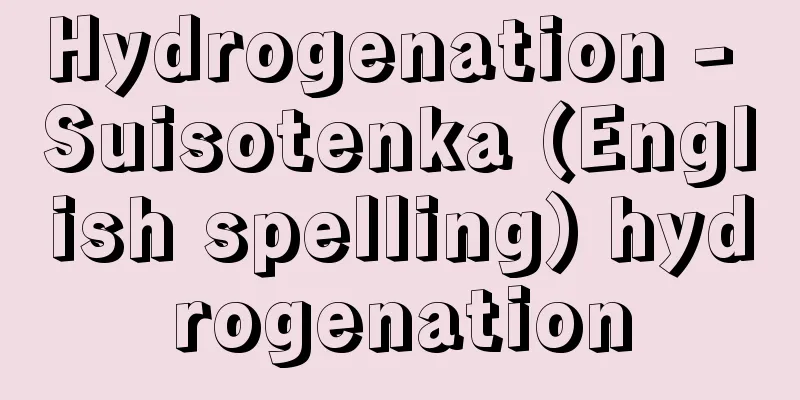Karahan Declaration - Karahan Declaration

|
In 1919 and 1920, Soviet Russia issued two declarations to China in the name of Acting People's Commissar for Foreign Affairs L. Karakhan to abolish the unequal treaties. The "Statement to the Chinese People and the Governments of North and South China" dated July 25, 1919 is called the First Karakhan Declaration, and the "Terms of the Sino-Soviet Agreement from the People's Commissar for Foreign Affairs to the Chinese Government" dated September 27, 1920 is called the Second Karakhan Declaration. The First Declaration called for the establishment of a "firm and lasting peace," the renunciation of territorial annexation and indemnity, the abolition of all secret treaties, including the Russo-Chinese Treaty of 1896, the free return of the Middle East Railway and all associated rights, the renunciation of indemnity for the Boxer Uprising, and the renunciation of all privileges, including consular jurisdiction, and called for China to cooperate with the Soviet workers, peasants, and Red Army in order to avoid becoming a second Korea or India. This declaration was sent to the Foreign Ministry of the Beijing government in a French telegram dated March 26, 1920, from the Irkutsk Soviet. As the world's first declaration of equality with China, it caused a great stir among various circles in China, which had been increasingly calling for the recovery of national sovereignty and the abolition of unequal treaties since the May Fourth Movement. However, the declaration published in Izvestia and Pravda on August 26, 1919 deleted the section about giving the residents of Manchuria and other areas the freedom to choose their political form, and the paragraph about the return of the Middle East Railway free of charge. The Second Declaration was presented to a military diplomatic mission dispatched by the Beijing government to Moscow, and codified the contents of the First Declaration item by item into eight principles that should form the basis of future Sino-Soviet agreements. In this declaration, the proposal for the return of the Middle East Railway free of charge that was in the First Declaration was dropped, and it stated that a special treaty for the operation of the Middle East Railway would be concluded between China, the Soviet Union, and the Far Eastern Republics. In the subsequent process of negotiations to establish diplomatic relations between China and the Soviet Union, the Middle East Railway issue, along with the Outer Mongolia issue, became the biggest obstacle. In a letter dated November 30, 1923, addressed to Wang Zhengting, the Beijing government's Sino-Soviet negotiating adviser, Karakhan himself denied the existence of a clause in the First Declaration about the free return of the Middle East Railway. However, the book "China and Soviet Russia" by V. Vilensky, published by the Party Central Committee in 1919, clearly states that this clause did exist, and therefore it is believed that the First Declaration actually contained a clause about the free return. Based on the Second Declaration, the Sino-Soviet Agreement was signed on May 31, 1924, and diplomatic relations were established between China and the Soviet Union. Source: Encyclopaedia Britannica Concise Encyclopedia About Encyclopaedia Britannica Concise Encyclopedia Information |
|
1919,20年の2回にわたり,ソビエト・ロシアが外務人民委員代理 L.カラハンの名で中国に対して発表した不平等条約撤廃宣言。 19年7月 25日付「中国人民および中国の南北両政府に対する声明」は第1次カラハン宣言,20年9月 27日付「外務人民委員部の中国政府あて中ソ協定条項」は第2次カラハン宣言と呼ばれる。第1次宣言は「確固とした永続的な平和」の樹立,領土併合・賠償の放棄,1896年の露清条約をはじめとしたすべての秘密条約の廃棄,中東鉄道およびそれに付随する諸権利の無償返還,義和団事変賠償金の放棄,領事裁判権をはじめとする一切の特権の放棄を声明し,中国は第2の朝鮮あるいは第2のインドにならないためには,ソビエトの労働者,農民,赤軍と提携しなければならないと呼びかけた。この宣言は,1920年3月 26日付イルクーツク・ソビエト発のフランス文電報で北京政府外交部に届き,世界最初の対中国平等宣言として五・四運動以後国権回収,不平等条約撤廃の要求を強めつつあった中国各界にきわめて大きな反響を呼起した。しかし,19年8月 26日の『イズベスチヤ』と『プラウダ』に掲載された宣言文では,満州その他の地域の住民に政治形態選択の自由を与えるという個所と,中東鉄道無償返還の1節とが削除されていた。第2次宣言は,北京政府からモスクワに派遣された軍事外交使節団に提示されたもので,第1次宣言の内容を項目別に条文化して,将来の中ソ間の協定の基礎となるべき8項目の原則にまとめている。この宣言では,中東鉄道返還問題に関しては,第1次宣言のなかにあった無償返還の提議がなくなり,中国,ソビエト,極東共和国の3国間で中東鉄道運営のための特別の条約を結ぶとしている。その後の中ソ間の国交樹立交渉の過程で,中東鉄道問題は外モンゴル問題とともに最大の障害となった。カラハン自身は 23年 11月 30日付の北京政府中ソ交渉督弁,王正廷あての書簡のなかで,第1次宣言の中東鉄道無償返還の1節の存在を否定したが,党中央から 19年に発行された V.ビレンスキーの著書『中国とソビエト・ロシア』では,この無償返還の1節が存在することが明記されており,したがって第1次宣言には無償返還の1節が実在したものと考えられる。第2次宣言に基づいて,24年5月 31日中ソ協定が結ばれ,中ソ両国間に国交が樹立された。
出典 ブリタニカ国際大百科事典 小項目事典ブリタニカ国際大百科事典 小項目事典について 情報 |
<<: Qara Khan Dynasty - Qara Khan
>>: Calabar (English spelling)
Recommend
Leucorrhea - White leucorrhea
〘noun〙 Secretions from the female genitals. There ...
Kineei School
...The third generation Kineya Kangoro (the third...
Dai Nam Quoc Su Dien Ca (Dai Nankokushi Enka)
This is a poem in the Vietnamese national language...
Itoshibe - Itosibe
...In the Kojiki and Nihon Shoki, the "shi-s...
Red Eyebrow Rebellion
A peasant rebellion at the end of the Wang Mang (...
Popliteal fossa (English spelling) poplitealfossa
…the front of the knee is called the anterior kne...
Meeting (China) -
…A form of writing in China, a written opinion su...
Menu - Menu
The type and order of food to be served at the ta...
Takahiro Hojo
?-? A military commander from the Sengoku to Oda-...
fivestones
…Marbles [Toshiro Hanzawa] [Similar examples in f...
self-thinning
…The phenomenon in which weak (overwhelmed) indiv...
Repayment loan - Kangen Yuushi
Generally, in a contributory pension system, for a...
Large vehicle license - Large vehicle license
...Therefore, maintaining and observing traffic o...
Higashimatsuyama [city] - Higashimatsuyama
A city in central Saitama prefecture. It was incor...
Approximate algebraic algorithms
…From this perspective, Takeaki Sasaki and others...

![Fujiyoshida [city] - Fujiyoshida](/upload/images/67ccb37b202d5.webp)







